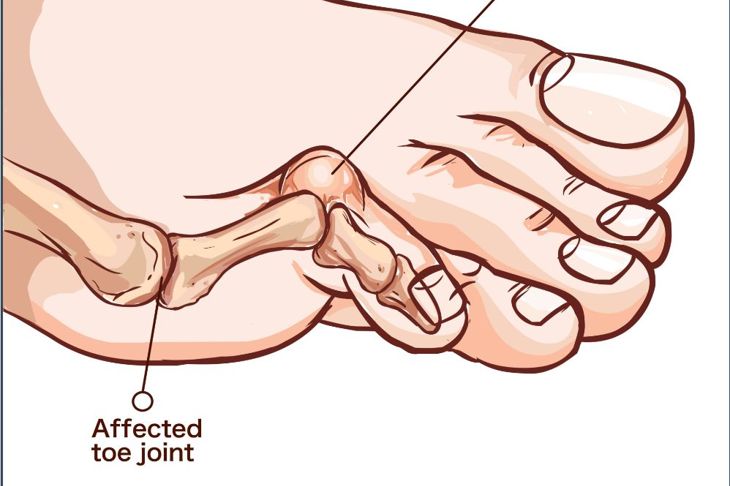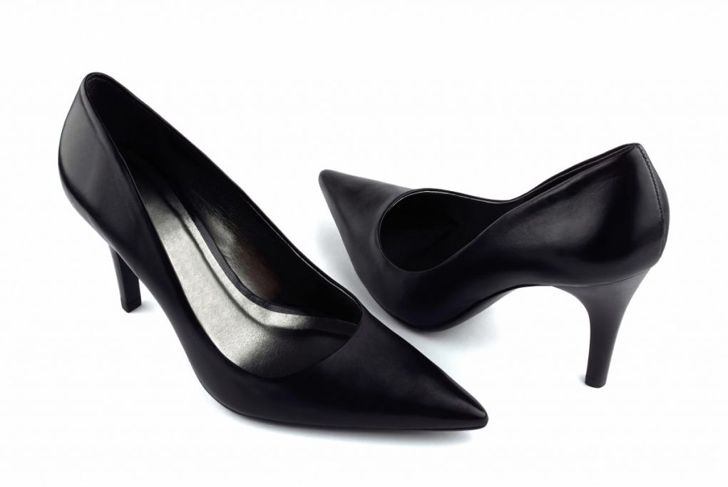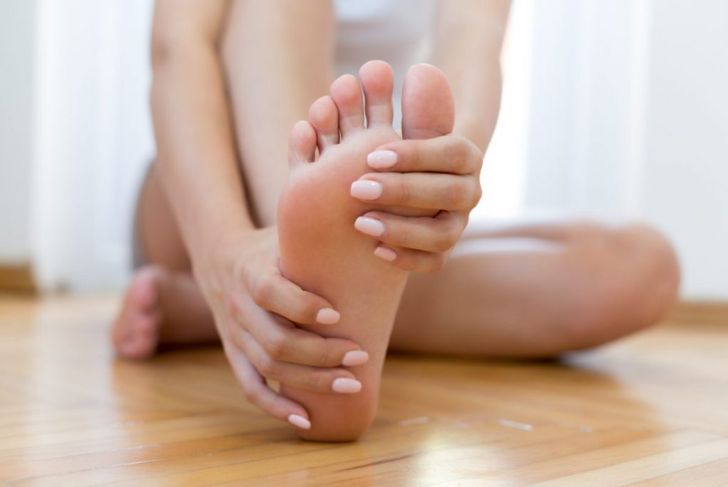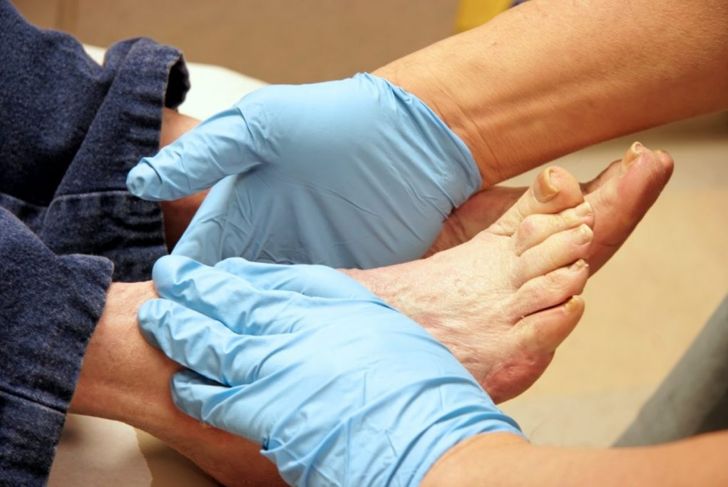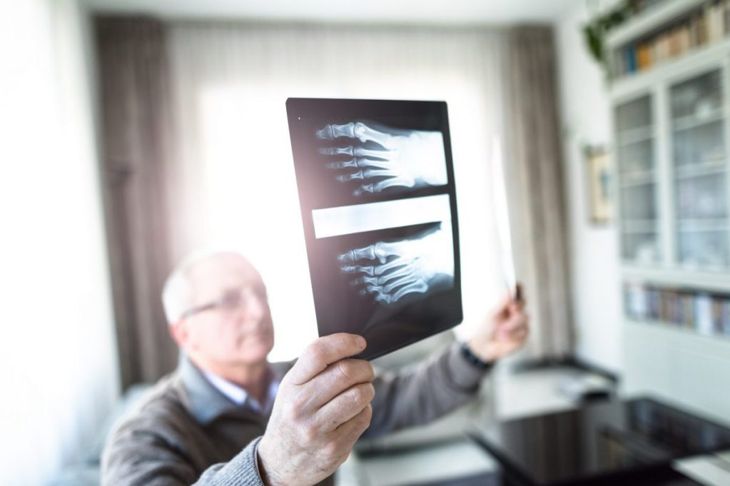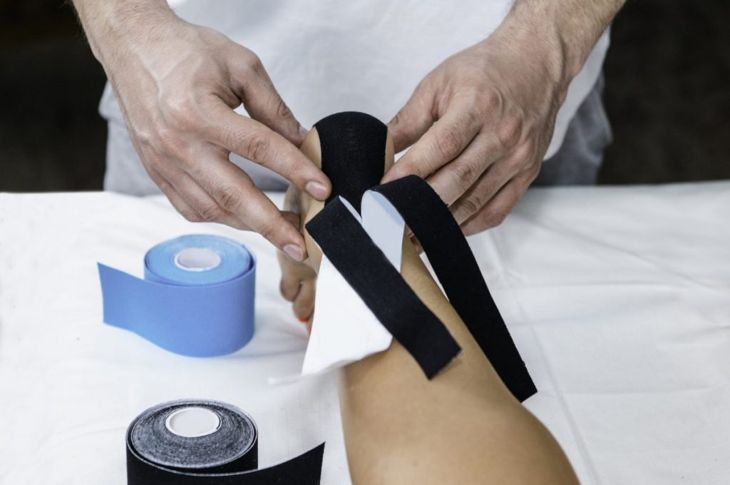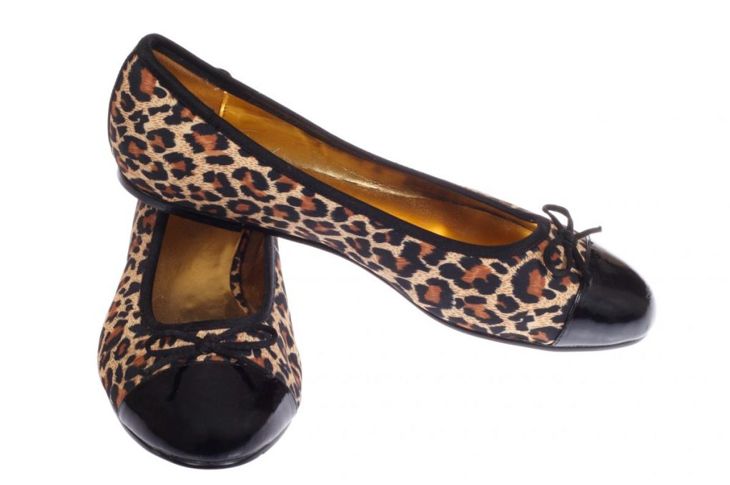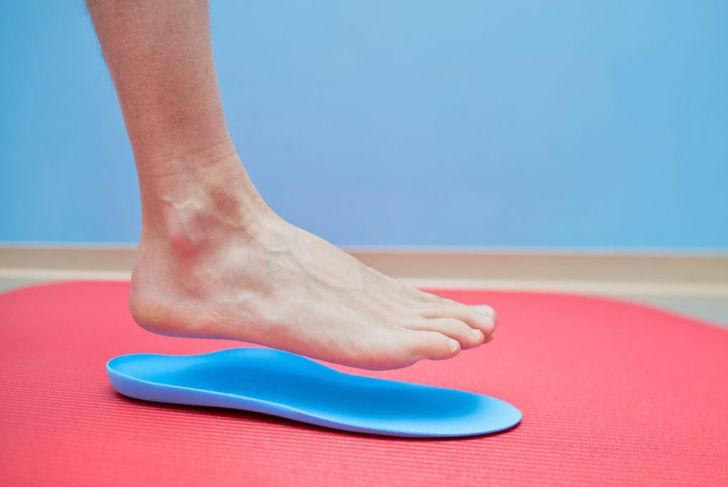Hammer toe occurs when a toe joint becomes deformed or bent over the years. Any toe other than the big toe can develop this abnormal bend in the middle joint. Rubbing up against the neighboring toes can cause painful corns or calluses on the affected toe, which can become difficult to flex and straighten out over time.
Identifying a Hammer Toe
Diagnosis of a hammer toe is usually possible by simple observation. When looking at the toes, if one curls downward at the middle joint, it is most likely a case of hammer toe. The condition develops when the muscles, tissues, and ligaments that keep the toe straight weaken and become unstable.
What Causes Hammer Toe?
According to the American Podiatric Medical Association, a hammer toe can develop when the muscles in the toes are not properly balanced or if the person has arthritis in the feet. Genetics can also play a role in hammer toe — some people are genetically predisposed to develop the condition. Additionally, trauma or injury, or shoes that are too tight, short, or narrow, can lead to hammer toe.
Diagnosing the Issue
In addition to visual confirmation, a doctor may ask the following questions or make some assessments before diagnosing a hammer toe:
- Is there pain in the toe, particularly when trying to flex it or when wearing shoes?
- Has a corn or callus formed on the top of the joint of the bent toe?
- Are the toes red, or does the skin around them feel painful and sensitive?
- Can the toe be straightened out on its own?
- Are there any open sores on the toe?
If the answer is yes to any of these questions, hammer toe is a likely diagnosis.
Seeing a Podiatrist
Even if a person does not experience any pain, corns, or calluses, a foot specialist can quickly diagnose hammer toe. After visual inspection, the doctor will gently move the foot and toe in various directions, to see if the patient feels any pain or discomfort. The movement and patient response help the podiatrist evaluate the condition and severity of hammer toe.
Further Tests For Hammer Toe
Sometimes a foot specialist will want to examine the bone and ligament structure of a foot diagnosed with hammer toe. For this reason, the podiatrist may order x-rays. Examining the results of an x-ray can help the doctor determine the best treatment plan to alleviate pain and improve function.
Treatments for Mild Hammer Toe
Padding and tape are often the first course of action when professionally treating hammer toe. Placing cushioned pads on the curled joint lessens pain, allowing one to carry one with regular activities. Taping around the toes helps redistribute balance and also lessens stress and pain. Specific exercises that strengthen the toes can also help with flexibility. Anti-inflammatory drugs or cortisone injections can alleviate sharp pain and reduce inflammation at the joint.
Home Treatment For Hammer Toe
A variety of self-treatment options exist for people with mild hammer toe that want to deal with the symptoms using home remedies. Placing over-the-counter hammer toe pads around the bent area of the affected toe can lessen pressure. It is also important to examine and make changes to footwear. Tight, poorly fitting and high-heeled shoes are problematic. Instead, people with hammer toe should opt for a shoe with no more than a two-inch heel — flat soles are even better. A deep toe box gives toes room to move and stretch.
Other Hammer Toe Treatment Options
A podiatrist can order custom orthotic devices to be placed inside a patient’s shoes. This insert helps control the movement of the toes, lessen symptoms, and prevent a hammer toe from becoming more deformed. There are also surgical options for hammer toe. If the condition is not too severe, a foot surgeon can remove the bony bulge and realign the toe joint.
Exercises for Hammer Toe
Either a podiatrist or a physical therapist can recommend exercises that will ease hammer toe symptoms. Some typical exercises include
- Gently pulling on the toes and stretching the curled joints to the corrective position
- Placing a towel beneath the feet and crumpling it up with the toes
- Picking up marbles with the toes
These exercises keep the joints of the toe flexible and strong.
Preventing Hammer Toe
Wearing proper footwear is the best way to avoid developing a hammer toe. Instead of forcing the feet into uncomfortable shoes that curl and bend the toes, wear low heels or flats that ensure the toes are more naturally aligned. Purchase shoes that have adjustable straps or laces for a comfortable fit. Look for footwear that has an arch support to help prevent hammer toe and other foot conditions.

 Home
Home Health
Health Diet & Nutrition
Diet & Nutrition Living Well
Living Well More
More